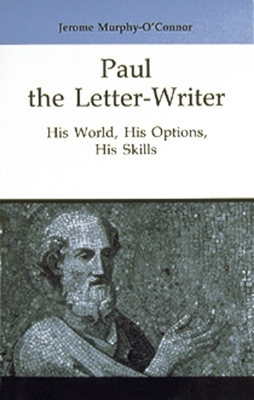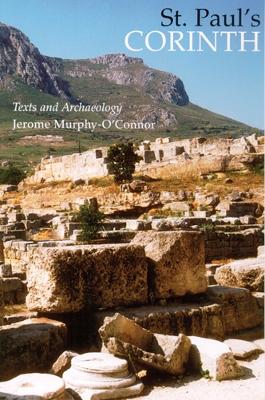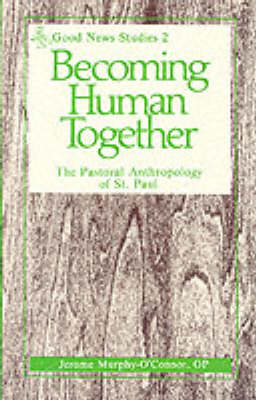Good News Studies
3 total works
Paul's letters are intensely human documents. In the examination of such basic human questions as What did he write the letters with?" "Did he use a secretary to record them?" and "What was his personal writing style?" much real information can be gathered regarding his thought without intimidating the average reader.
Scholar Jerome Murphy-O'Connor has put together such a work, one that, tapping into his knowledge of classical Greek and Latin writings, addresses the physical nature of a first-century letter as well as the actual composition, presentation, and question of authorship collaborative or other of the Pauline letters. The formal features of the letters and their organization show the extent to which Paul adapted current epistolary conventions. At the same time, they draw attention to his mood while writing and his relationship with the recipients. Father Murphy-O'Connor also investigates the question of how these letters, written to widely scattered churches, were brought together to form the Pauline canon.
Jerome Murphy-O'Connor, OP, has been professor of New Testament at the famous ecole Biblique in Jerusalem since 1967. A frequent lecturer in summer sessions in the United States, he has written widely on Paul's life and theology. In addition to his 1 Corinthians and Becoming Human Together: The Pastoral Anthropology of St.Paul, The Liturgical Press has published his St. Paul's Corinth: Texts and Archaeology, which does for Corinth what this book does for the Pauline letters: reveal their character.
"
Corinth, one of the most fascinating centers of the early Christian movement, is explored through both literary and archaeological means. In St. Paul's Corinth the evidence of thirty-three Greek and Latin authors is arranged and presented chronologically from the first century B.C.E. to the second century C.E.
This third revised and expanded edition includes new textual and archaeological material based on continuing research on Corinth. The text of previous editions has been thoroughly revised in the interest of greater clarity and accuracy. The edition also includes updated maps and plans of the region.
St. Paul's Corinth is divided into four parts. Part 1: The Ancient Texts includes "Pausanias," "Antipater of Sidon," "Polystratus," Cicero," "Crinagoras," "Diodorus Siculus," "Strabo," "Livy," "Propertius," "Vitruvius," "Philo," "Inscription Honouring Iunia Theodora," "Petronius Arbiter," "Pliny the Elder," "Epictetus," "Flavius Josephus," "Martial," "Pseudo-Julian," "Dio Chrysostom," "Plutarch," "Juvenal," "Pliny the Younger," "Suetonius," Appian," "Florus," "Aelius Aristides," "Lucian," "Apuleius," Gellius," "Alciphron," "Dio Cassius," "Philostratus," and "Athenaeus."
Part 2: Paul in Corinth includes "The Edict of Claudius," "The Proconsul Gallio," and "After the Founding Visit."
Part 3: Archaeology includes "House Churches and the Eucharist," "Temple Banquets and the Body," and "The Workplace and the Apostolate."
Part 4: Corinthian Bronze includes "The Passion for Possession," "The Value of Corinthian Bronze," "The Origins of Interest in Corinthian Bronze," "Corinthian Bronze in Rome," "How Was Corinthian Bronze Made?" "Recognizing an Authentic Corinthian Bronze," "Corinthian Bronze Statues and Figurines," "Utilitarian but Beautiful," "Bronze Production in Roman Corinth."
Jerome Murphy-O'Connor, OP, teaches at the Ecole Biblique in Jerusalem.
"v. 2


